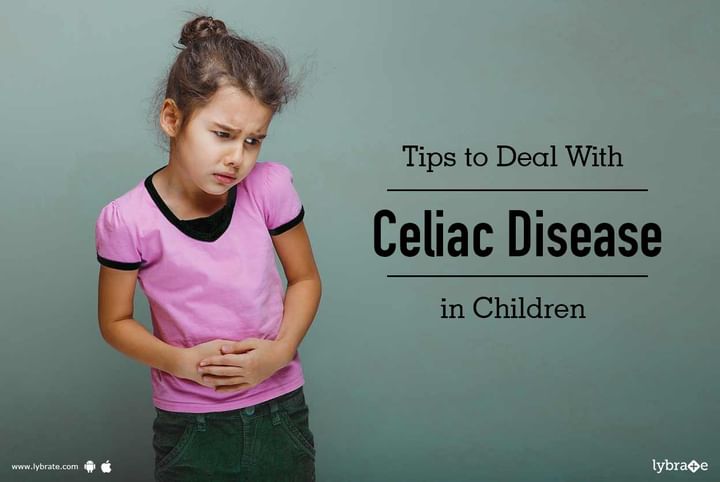Tips to Deal With Celiac Disease in Children
Celiac disease is an autoimmune disease caused due to intolerance to the protein called gluten found in common foods like wheat, barley, and rye. The exact reason for the disease is not known, but gluten attacks the small finger-like projections in the intestine called the villi, which help absorb nutrients during the digestion, leading to malnourishment.
Onset of the disease is usually once the child has started on solid foods and can include diarrhea, abdominal discomfort, underweight, skin rashes, anemia, mouth sores, etc. Diagnosis usually happens with a detailed discussion and checking the level of antibodies against gluten in the blood. In rare cases, an intestinal biopsy may also be required. Once confirmed, the following are ways to manage celiac disease.
Dietary changes: Avoiding gluten-containing foods is the first step to treating celiac disease. These are common food substances like wheat and barley. In some cases, the entire family may choose to or need to take this diet, just to provide moral support to the child.
- Breads, cakes (made from wheat)
- Creamed or breaded vegetables
- Processed meats
- Dry roasted nuts (as agents used in processing could have wheat)
- Fried chicken
- Pastas
- French fries (that are coated in flour)
- Spreads, soft cheeses, and dips
- Salad dressings
- Gravies and sauces (including some tomato and meat sauces)
- Soup mixes and canned soups
- Crab or other seafood
- Malt or malt-flavored drinks (usually made from barley)
- Modified food starch (modified corn starch is OK; modified wheat starch is not)
- Nondairy creamer
- Soy sauce and soy sauce solids (may be fermented with wheat)
- Wheat-free products (may contain barley or rye flour)
- Yogurts containing wheat starch
Read the labels of foods to ensure they are free of gluten. Organic/natural food stores and health food stores contain wide range of gluten-free products that can be used with minimal effect on the child's food habits.
Eating out: Just because the child has celiac disease, eating out is not ruled out. Carefully choosing what to eat is suggested. Also, letting the chef know is a good idea, as most chefs will prepare something safer for the child.
Cross-contamination: Avoid cross-contamination: In schools or in cases where the child could potentially eat from other children's boxes, make sure the child is well informed and ensure he does not eat from other kids' lunch boxes. It is also a good idea to keep the class teacher and a couple of his close friends informed of the child's condition.
Most children are easy to educate and adapt well to the changes required, knowing very well that it is for their own good.



+1.svg)
